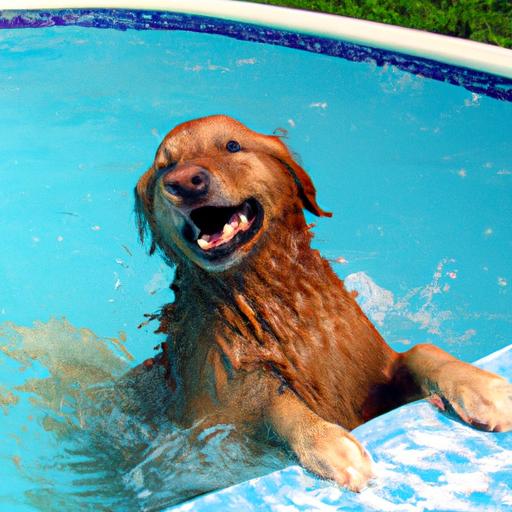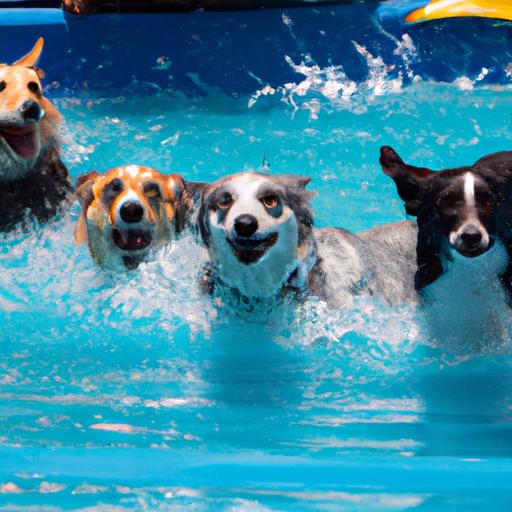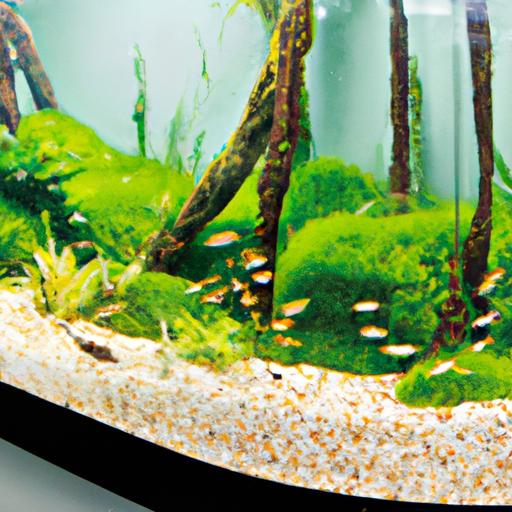
Positive Canine Experiences with Canine Swimming Pools
Discover the benefits of canine swimming pools! Learn how to create positive experiences for your furry friend with our guide on canine swimming pools.
Introduction
Are you looking for a fun and effective way to enhance your furry friend’s well-being? Look no further! Canine swimming pools provide a fantastic opportunity for dogs to enjoy a positive and exhilarating experience while reaping numerous benefits. In this article, we will explore the world of canine swimming pools and delve into the wonderful adventures that await your beloved companion.

Understanding Canine Swimming Pools
Canine swimming pools are specially designed facilities that cater to the unique needs of dogs. These pools offer a controlled environment where dogs can indulge in the joys of swimming, regardless of their age, breed, or swimming abilities. From small paddling pools to large aquatic centers, there is a wide range of options available to suit every dog’s preferences.
Types of Canine Swimming Pools
-
Outdoor Pools: These pools are typically set in spacious outdoor areas, allowing dogs to bask in the sunlight while enjoying a refreshing dip. Outdoor pools often provide a natural setting, with lush green surroundings and ample space for dogs to roam.
-
Indoor Pools: Indoor canine swimming pools offer year-round swimming opportunities, regardless of the weather conditions outside. These pools are temperature-controlled, ensuring a comfortable environment for dogs to swim in any season.
-
Hydrotherapy Pools: Hydrotherapy pools are designed with a therapeutic focus, catering to dogs with specific medical conditions or those undergoing rehabilitation. These pools may incorporate additional features such as jets, underwater treadmills, or ramps to assist in the healing process.
Features and Facilities
Canine swimming pools are equipped with various features and facilities to ensure a safe and enjoyable experience for dogs. Some common amenities include:
- Ramp or Steps: To assist dogs in entering and exiting the pool easily, ramps or steps are provided. This is especially beneficial for older dogs or those with mobility issues.
- Safety Measures: Canine swimming pools prioritize safety, often featuring lifeguards or trained staff to monitor the dogs. Additionally, life jackets may be available for dogs who require extra support.
- Separate Areas: Some swimming pools offer separate areas for dogs of different sizes or temperaments. This ensures a harmonious environment where dogs can socialize and swim comfortably.
- Toys and Floats: Pools often provide toys, floats, and other accessories to enhance the swimming experience for dogs. These playful additions can add an extra element of fun and excitement to their aquatic adventures.
Frequently Asked Questions (FAQ)
Are canine swimming pools safe for all dogs?
Absolutely! Canine swimming pools prioritize safety by employing trained staff and implementing measures to ensure a secure environment. However, it’s important to consider your dog’s individual health and swimming abilities. If your dog has any medical conditions or concerns, it is advisable to consult with your veterinarian before introducing them to swimming.
How to introduce a dog to swimming in a pool?
Introducing your dog to swimming in a pool should be a gradual and positive experience. Start by allowing them to explore the pool area, sniff around, and become comfortable with the surroundings. Next, encourage them to step into shallow water while providing reassurance and praise. Gradually increase the depth as your dog gains confidence, always monitoring their comfort level and offering positive reinforcement.
What are the health benefits of swimming for dogs?
Swimming offers a multitude of health benefits for dogs, including:
- Low-Impact Exercise: Swimming is a low-impact activity that puts minimal stress on joints, making it ideal for dogs with arthritis, joint issues, or those recovering from surgery.
- Cardiovascular Fitness: Swimming engages multiple muscle groups, providing an excellent cardiovascular workout that improves endurance and overall fitness.
- Weight Management: Regular swimming can assist in weight management and help dogs maintain a healthy body weight, reducing the risk of obesity-related health problems.
- Muscle Strength and Tone: Swimming is a full-body workout that strengthens muscles and improves muscle tone, especially in the core, limbs, and back.
- Mental Stimulation: Swimming provides mental stimulation and enrichment for dogs, as they navigate through the water and engage their senses.
How often should dogs swim in a pool?
The frequency of swimming sessions for dogs depends on their individual needs, fitness level, and any underlying health conditions. As a general guideline, two to three swimming sessions per week for around 20-30 minutes can be beneficial. However, it is crucial to monitor your dog’s response and adjust the frequency accordingly. Consulting with a veterinarian or a professional canine swimmer can provide valuable guidance tailored to your dog’s specific requirements.
Are there any risks associated with canine swimming pools?
While canine swimming pools are generally safe, it is essential to be aware of potential risks and take necessary precautions. Some risks to consider include:
- Drowning: Always supervise your dog while swimming and ensure they have a safe exit point in case they become tired or disoriented.
- Chemical Exposure: Chlorine or other disinfectants used in pools can irritate a dog’s skin, eyes, or respiratory system. Rinsing your dog with fresh water after swimming can help minimize any potential irritation.
- Infections or Disease: Canine swimming pools should have proper water filtration systems to prevent the transmission of infections or diseases. Ensure the pool you choose adheres to strict hygiene protocols.
Can swimming in a pool help with dog rehabilitation?
Yes, swimming can play a vital role in dog rehabilitation. Hydrotherapy, a form of controlled swimming, is often recommended by veterinarians to aid in the recovery of dogs with various musculoskeletal conditions, such as post-surgery rehabilitation, arthritis, or mobility issues. The buoyancy of water reduces stress on joints and allows for gentle exercise, promoting healing and rebuilding strength.
Conclusion
Positive experiences with canine swimming pools open up a world of joy, health, and well-being for your furry companion. Whether it’s the exhilaration of splashing in the water or the therapeutic benefits of hydrotherapy, swimming can be a transformative experience for dogs of all ages and abilities. So why wait? Dive into the wonders of canine swimming pools and watch your furry friend thrive in a world of aquatic adventures. Remember to choose reputable and safe facilities, ensuring your dog’s positive experience is both enjoyable and secure.





























